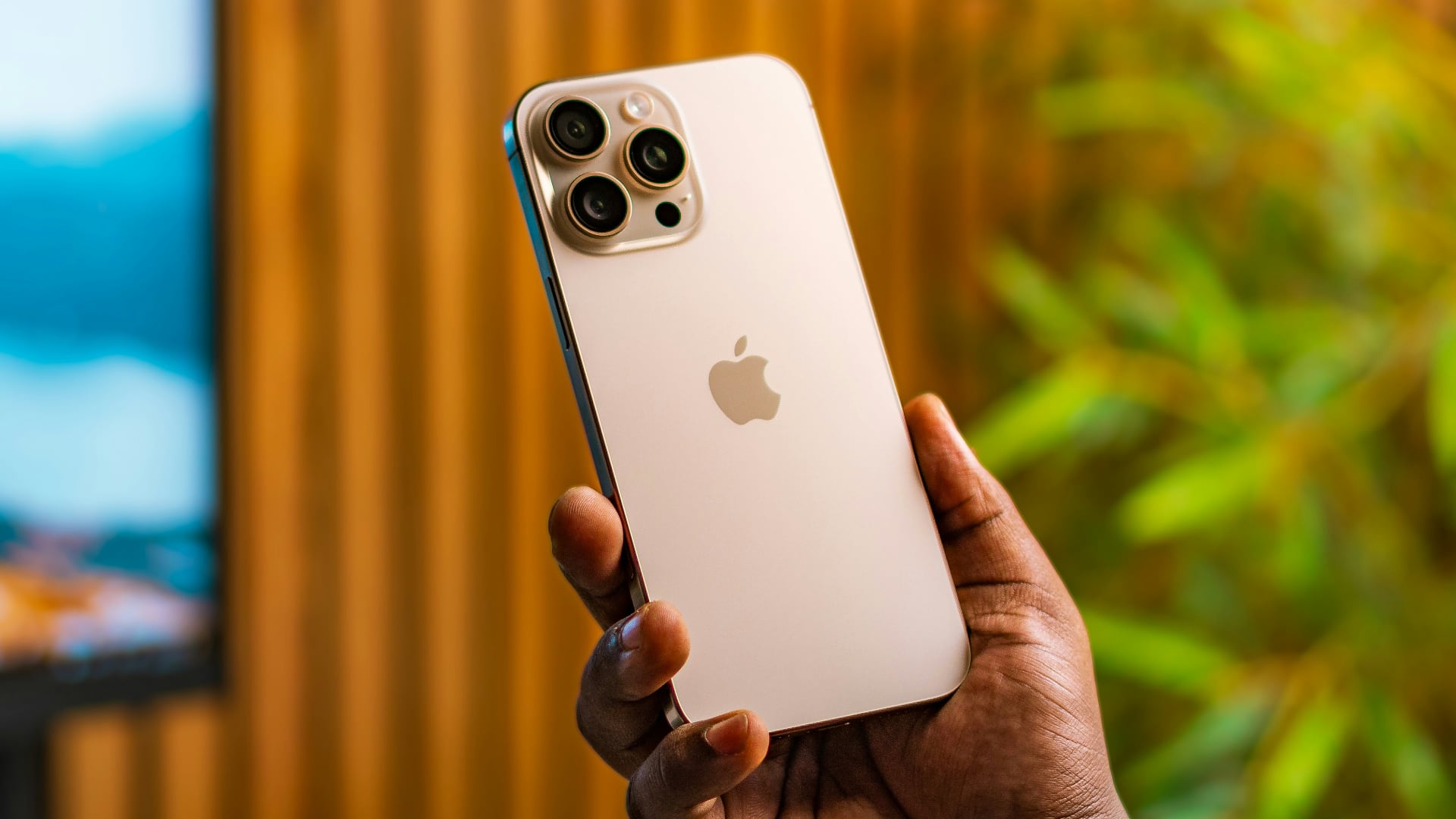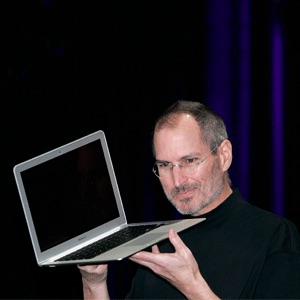Trump threatens 25% tariff unless Apple assembles iPhones in the US

Apple could be hit with a 25 percent tariff unless it relents and decides to manufacture the iPhone in the United States, which analysts don’t think is feasible.
Once again, Apple finds itself on the receiving end of the United States administration’s escalating trade war with China as President Donald Trump threatened to hit the iPhone maker with a 25 percent tariff unless the company starts manufacturing its handset in the United States.
Viewed in the context of the current political climate, the threat, if realized, would make iPhones manufactured outside of the United States and imported into the country more expensive to domestic buyers. But Apple may be ready for the tariff strike: The Wall Street Journal reported that this year’s iPhone 17 lineup could have higher prices to cancel out the negative impact of tariffs.
Trump threatens 25% iPhone tariff
“I have long ago informed Tim Cook of Apple that I expect their iPhone’s that will be sold in the United States of America will be manufactured and built in the United States, not India, or anyplace else,” reads Trump’s post.
“If that is not the case, a Tariff of at least 25 percent must be paid by Apple to the US,” he clarified, ending the post with a “Thank you for your attention to this matter!”
Aside from China, Apple assembles some of the iPhones in India. It also builds other products in countries like Vietnam, as well as in Malaysia and Thailand. However, the White House tariffs will affect those countries, too.
“We’re not interested in you building in India”
Trump had “a little problem with Tim Cook” after learning that Apple is increasing iPhone production in India with the goal of building all US-bound iPhones there.
He took to Truth Social to announce that he had “long ago informed” Apple’s chief executive Tim Cook that iPhones sold domestically should be manufactured in the United States, “not India, or anyplace else”. In a thinly veiled threat, he said that Apple could face a 25 percent tariff unless it complies.
“I had a little problem with Tim Cook yesterday,” Trump said. “I said to him, ‘my friend, I treated you very good. You’re coming here with $500 billion, but now I hear you’re building all over India.’ I don’t want you building in India.”
“I said to Tim, I said, ‘Tim look, we treated you really good, we put up with all the plants that you build in China for years, now you got build us. We’re not interested in you building in India, India can take care of themselves … we want you to build here,’” Trump said, according to CNBC.
Diversifying iPhone production
The Financial Times reported that Foxconn, the world’s largest manufacturer of consumer electronics and Apple’s key iPhone assembler, is pouring $1.5 billion into expand its operations in India, which includes a new manufacturing plant southern India’s Chennai region to build displays for iPhones. Apple already has three manufacturing plants in India.
The newspaper has learned that Apple allegedly has the plan to assemble all iPhones for the United States market in India as soon as the end of 2026.
The company already builds an estimated one in seven iPhones worldwide in India, which includes the flagship iPhone 16 Pro and iPhone 16 Pro Max models. The Cupertino tech giant has been attempting to diversify its production to reduce its reliance on Chinese suppliers for years now, with little success.
A US-made iPhone is a pipe dream
That said, however, analysts have estimated that a US-made iPhone could raise the price that the US consumer pays for the handset to a whopping $3500. In comparison, the base iPhone 16 Pro model currently retails for about $1,000.
“If consumers want a $3,500 iPhone we should make them in New Jersey or Texas or another state,” Wedbush Securities analyst Dan Ives estimated recently. Fraser Johnson, a professor at Ivey business school in Canada and an Apple supply chain expert, says US workers lack the skills, tools and facilities for iPhone assembly work.
“To train 200,000-300,000 people to come in and assemble iPhones is simply not practical,” he said, according to The Guardian. The Apple smartphone uses more than 1,000 components that are sourced from all over the world. Trump later said that Apple was going to be “upping their production” in the US following his chat with Cook.
Patrick McGee’s “Apple in China”
Investigative journalist Patrick McGee in his new book titled “Apple in China: The Capture of the World’s Greatest Company” analyzed how Apple outsourced its production to China and taught local suppliers the art of making things, which powered the rise of Apple’s Chinese handset rivals.
The Sunday Times has this excerpt from the book:
The ripple effect from Apple’s investments across Chinese industry was accelerated by a rule imposed by Apple that its suppliers could be no more than 50 per cent reliant on the tech giant for their revenues. This was to ensure that a supplier wouldn’t go bust overnight if a new Apple design did away with components it manufactured. So as iPhone volumes soared from under ten million units on its launch in 2007 to more than 230 million in 2015, Apple would encourage its suppliers to grow their non-Apple business just as quickly. The upshot of this policy was that Apple gave birth to the Chinese smartphone industry.
This on how Chinese iPhone imitators killed Nokia:
In 2009 most smartphones sold in China were produced by Nokia, Samsung, HTC and BlackBerry. But as Apple taught China’s supply chain how to perfect multi-touch glass and make the thousand components within the iPhone, those suppliers took what they knew and offered it to Chinese companies led by Huawei, Xiaomi, Vivo and Oppo. Result: the local market share of such brands grew from 10 per cent in 2009 to 35 per cent by 2011, and then to 74 per cent by 2014, according to Counterpoint Research. It’s no exaggeration to say the iPhone didn’t kill Nokia; Chinese imitators of the iPhone did. And the imitations were so good because Apple trained all its suppliers.
And this on teaching Chinese suppliers how to build thins at scale:
To get this message to Beijing, Tim Cook and his deputies visited Zhongnanhai, the citadel of communist power near the Forbidden City, in May 2016. They explained that Apple wasn’t just creating millions of jobs; it supported entire industries by facilitating an epic transfer of “tacit knowledge” — hard-to-define but practical know-how “in the art of making things”, as defined by the China-born Federal Reserve economist Yi Wen, who believes that such knowledge was “the secret recipe” behind Britain’s Industrial Revolution.
And:
A former Apple executive says this message was “music to the ears of China”. Beijing had spent decades trying to catch up with the West’s lead in advanced industry, scientific research and economic might. It often resorted to spying, outright theft or coercive tactics. But here was America’s most famous tech giant willingly playing the role of Prometheus, handing the Chinese the gift of fire.
McGee also discussed the book on The Daily Show with Jon Stewart.
Source link: https://www.idownloadblog.com/2025/05/23/trump-administration-2-percent-iphone-tariff-threat/



Leave a Reply